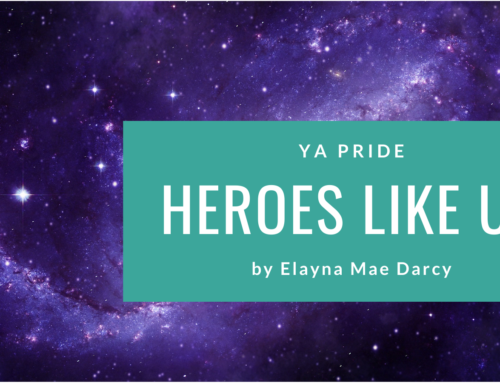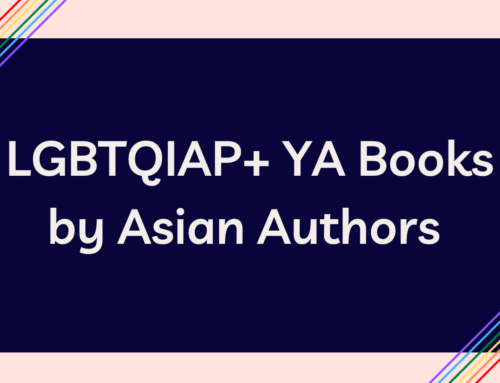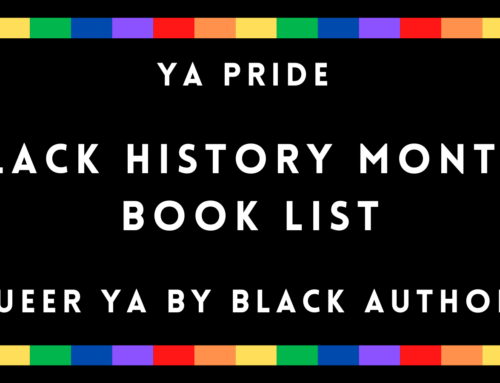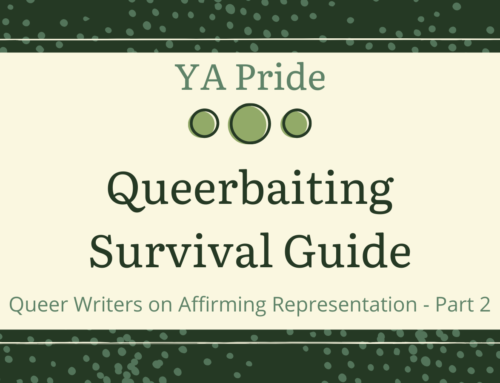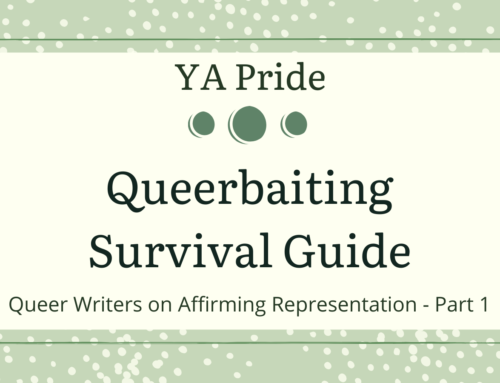There are people who partially fit the stereotypes of their sexuality (butch lesbians, effeminate gay men, sex-repulsed asexuals, etc.) but in media they are often presented as caricatures. These negative portrayals in media lead to real-life queer people who fit these stereotypes being attacked by other queer people, mostly due to the fear of exposing the MOGII community as a whole to the negativity attached to those stereotypes. In both fiction and in real life, all members of the MOGII community deserve to be respected and respectfully represented, regardless of how they express themselves. Instead of telling MOGII people who have stereotypical characteristics to change themselves, we should destroy the negativity that’s been tacked onto those stereotypes.
There’s a balance between having a character whose story isn’t about being a queer person, and recognizing the lack of positive MOGII representation in media so the inclusion of the character isn’t just ticking off another diversity box for good press. According to Kaje on the Goodreads thread, “the key is to make the individual characters interesting, or give them some kind of roundedness mixed in,” but it’s also important to keep in mind that while sexuality/gender identity should only be one facet of a character, it does need to be fully acknowledged.
Sometimes, authors try to include and acknowledge queer characters with good intentions, but end up with a mess. The Bermudez Triangle, republished as On the Count of Three by Maureen Johnson (Razorbill 2007, Penguin Young Readers Group 2013) follows three best friends Nina, Avery, and Mel. Nina goes away for the summer, and the other two girls start dating. When Nina comes back, awkward third-wheeling ensues. It sounds cute and fun, but having the bisexual girl (Avery) cheat on Mel with a guy and then dump her for that guy because “bi girls… go back and forth” (p. 152) isn’t okay. Neither is the way a minor character, Felicia, is referred to as: “the outspoken ‘if you have a pulse I’m interested’ bisexual sex-addict.” (p. 121) There’s so little bisexual representation in YA lit, and the messages quite a few of those books send are incredibly biphobic. Similarly, in The Ring & The Crown by Melissa de la Cruz, portrayal of gay characters takes a turn for the worse. There is a gay couple who only appears during balls and similar events to make comments about fashion and by one of the main character’s fabulous gay friends.
Thankfully, there are also books such as Far From You by Tess Sharpe (Indigo 2014) that hit the nail on the head. The main character, Sophie, was in a secret relationship with Mina. Mina is killed before the story begins, but the reader gets to meet her because the book alternates between flashbacks and present-day. When Sophie tells Trev that she and Mina were in love, he worries that she faked the romantic relationship between him and her. But she tells him, “I’m not gay, I’m bisexual. There’s a difference.” (p. 188)
There is good MOGII representation out there in YA lit, though it can be hard to find. Two examples are Adaptation by Malinda Lo, which I’ve mentioned here before, and Beauty Queens by Libba Bray. Adaptation features a bisexual protagonist in an awesome sci-fi story. Beauty Queens is a hilarious adventure/survival novel that has several main characters, one who is a trans woman and one who is a lesbian, and they both get their own stories and personalities. (Also there are lots of footnotes. I really love footnotes.)
One of the ways we’re going to disassociate the negativity from stereotypes is by fleshing out those characters beyond their personality traits that are stereotypes of their sexuality or gender identity. For me, it would mean so much to see an asexual character who isn’t seen as broken, doesn’t have any romantic relationships invalidated by others because they’re asexual, and isn’t constantly reassuring people that they definitely have sex just like “normal people.” Having more people know about and hopefully respect asexuality would make me feel safer when I happen to talk about my asexuality with others.
I’m Emily, an asexual kinda-girl/kinda-agender lesbian in an American high-school straight out of a TV teen drama. I’m also a sci-fi/fantasy book and comic enthusiast. I can be found in one of the three libraries I have a card for, my local bookstore, the awesome comic store in my town that has fluffy cats, or at my computer. My goal is to become an editor at a Young Adult fiction publishing imprint. Twitter: @captainbooknerd, tumblr: adventureswithinthepages.tumblr.com


